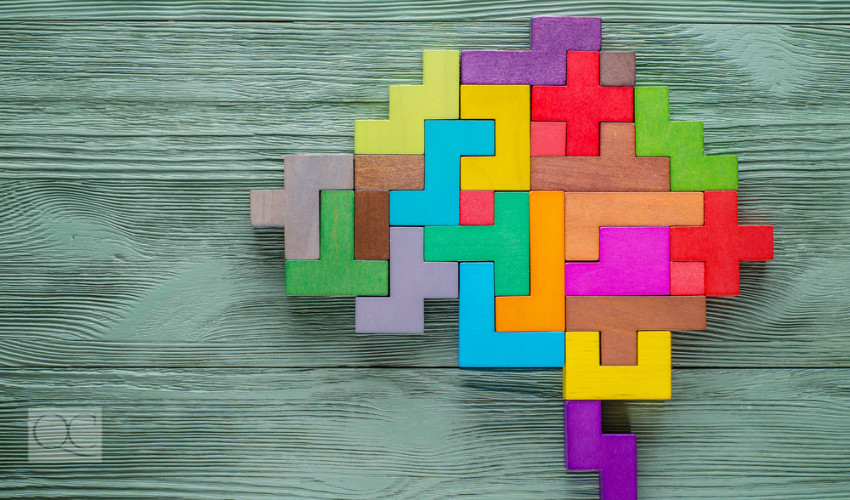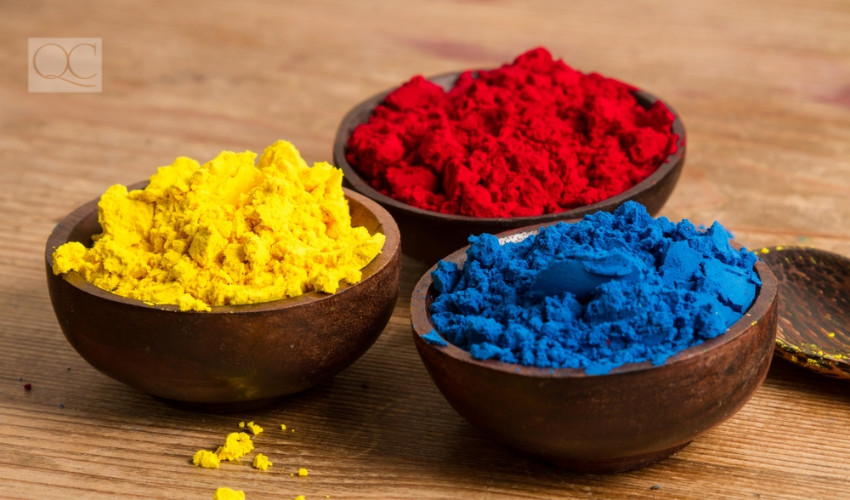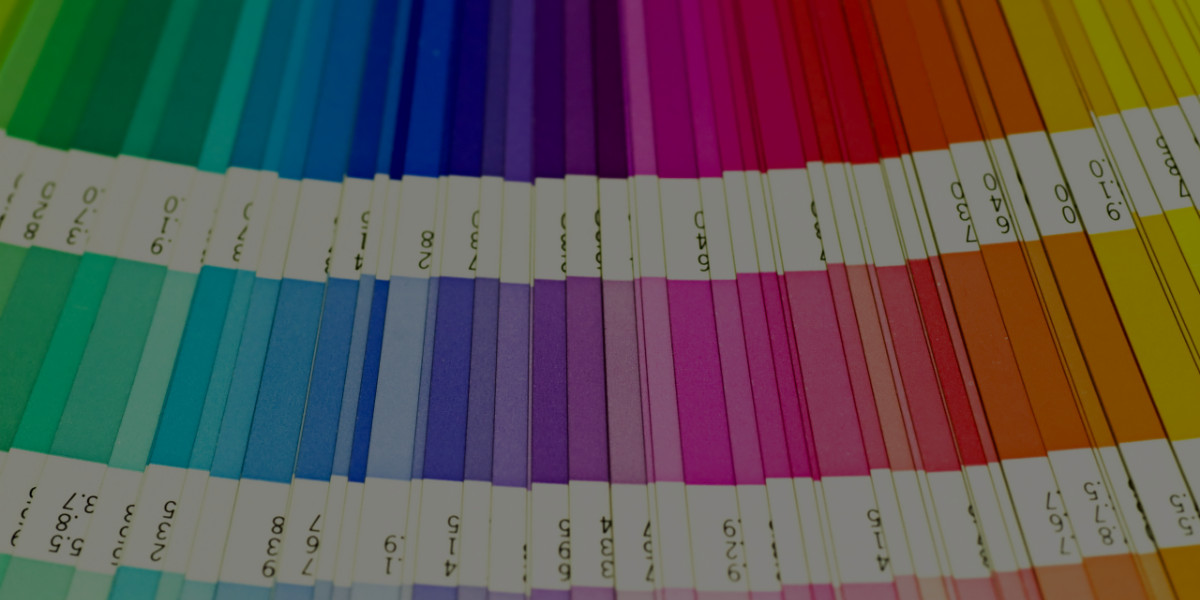Color theory can be a difficult thing to grasp. Even professional color consultants have a hard time at first! A lot of the difficulties stem from the terminology. The terms themselves aren’t hard, but their use often goes against what you’ve been saying your whole life—who knew “tint,” “tone,” and “shade” were all so different?
Whether you’re an interior decorator, home stager, color consultant, or feng shui designer, you need to understand how colors are classified. From there, you’ll need to know the effects they have, and how to build appealing color schemes.
So save, bookmark, or use this Color Cheat Sheet infographic on your own site, to refer back to when you need a little refresher on color theory.

 Active colors (like red, orange, and yellow):
Active colors (like red, orange, and yellow):
 Triad: A group of three colors that are of equal distance from one another on the color wheel.
Tip: Use tints and tones to lessen the intensity.
Tetrad: A group of four colors that are of equal distance from one another.
Proceed with caution: Choose your colors carefully to find a good way to balance all four colors.
Adjacent/Analogous: Two or three colors next to each other on the color wheel.
Tip: Use one color as the dominant hue, and use the others as accents.
Monochromatic: The combination of different tints, shades, and tones using only one hue.
And there you have it, the basics of some color theory! Remember to put the infographic to good use and refer to it when you need a little color theory 101.
Triad: A group of three colors that are of equal distance from one another on the color wheel.
Tip: Use tints and tones to lessen the intensity.
Tetrad: A group of four colors that are of equal distance from one another.
Proceed with caution: Choose your colors carefully to find a good way to balance all four colors.
Adjacent/Analogous: Two or three colors next to each other on the color wheel.
Tip: Use one color as the dominant hue, and use the others as accents.
Monochromatic: The combination of different tints, shades, and tones using only one hue.
And there you have it, the basics of some color theory! Remember to put the infographic to good use and refer to it when you need a little color theory 101.

Share this Image On Your Site
Color Terminology
You may have gone your whole life saying that something was a shade of blue, when really the use of “tint” would have been more appropriate. There is different terminology you should use based on how the color was mixed. Here’s the low down on color terminology: A hue is a pure color. What’s a pure color, you ask? A pure color is simply a color without any white or black added to it. The term “hue” can also be used to describe colors that are derived from other pure colors. A tint is produced when you add white to a color, while a shade is produced when you add black. A tone is produced by adding gray, or its complement, to “tone it down.”Color Psychology
Different colors have different effects on people. One may make you feel more relaxed, while another stimulates your senses. Here’s a quick overview of how different color groups make us feel: Active colors (like red, orange, and yellow):
Active colors (like red, orange, and yellow):
- Mood: Stimulating
- Common Feelings Generated: Energetic, enhanced appetite, fun
- Mood: Relaxing
- Common Feelings Generated: Serenity, cool, concentration, dreaminess
- Mood: Comforting
- Common Feelings Generated: Order, formality, soothing
Color Schemes
When dreaming up a color scheme for a particular room in the home, you’ll want to make use of the color wheel. The color wheel is specifically designed to show the different relationships between the colors, letting you know which ones can live harmoniously with one another and will be visually appealing to the eye. As a design professional, this is especially important to achieve harmony in your designs. Here are the color schemes that you should know: Complementary: Two colors that are directly opposite the other and have the same intensity. Tip: For practical use in the home, it’s better to use one color as the dominant hue and use the other as an accent in smaller doses. Double Complementary: Two sets of complementary colors that are close together on the wheel. Split Complementary: Uses a single color plus both colors on either side of its complementary color. Tip: This is a good alternative to lessen the intensity of a complementary color scheme. Triad: A group of three colors that are of equal distance from one another on the color wheel.
Tip: Use tints and tones to lessen the intensity.
Tetrad: A group of four colors that are of equal distance from one another.
Proceed with caution: Choose your colors carefully to find a good way to balance all four colors.
Adjacent/Analogous: Two or three colors next to each other on the color wheel.
Tip: Use one color as the dominant hue, and use the others as accents.
Monochromatic: The combination of different tints, shades, and tones using only one hue.
And there you have it, the basics of some color theory! Remember to put the infographic to good use and refer to it when you need a little color theory 101.
Triad: A group of three colors that are of equal distance from one another on the color wheel.
Tip: Use tints and tones to lessen the intensity.
Tetrad: A group of four colors that are of equal distance from one another.
Proceed with caution: Choose your colors carefully to find a good way to balance all four colors.
Adjacent/Analogous: Two or three colors next to each other on the color wheel.
Tip: Use one color as the dominant hue, and use the others as accents.
Monochromatic: The combination of different tints, shades, and tones using only one hue.
And there you have it, the basics of some color theory! Remember to put the infographic to good use and refer to it when you need a little color theory 101.

Awesome! Learnt a lot already. I am so grateful you offered we can share on our site. I do not have one yet but I am planning for one.
You are doing a great job. I look forward to every other course.
Hi Noella,
We appreciate you taking the time to read this article and leaving a comment, thank you! We’re thrilled to hear that you’ve found this cheat sheet helpful! xx
All the best,
The QC Team